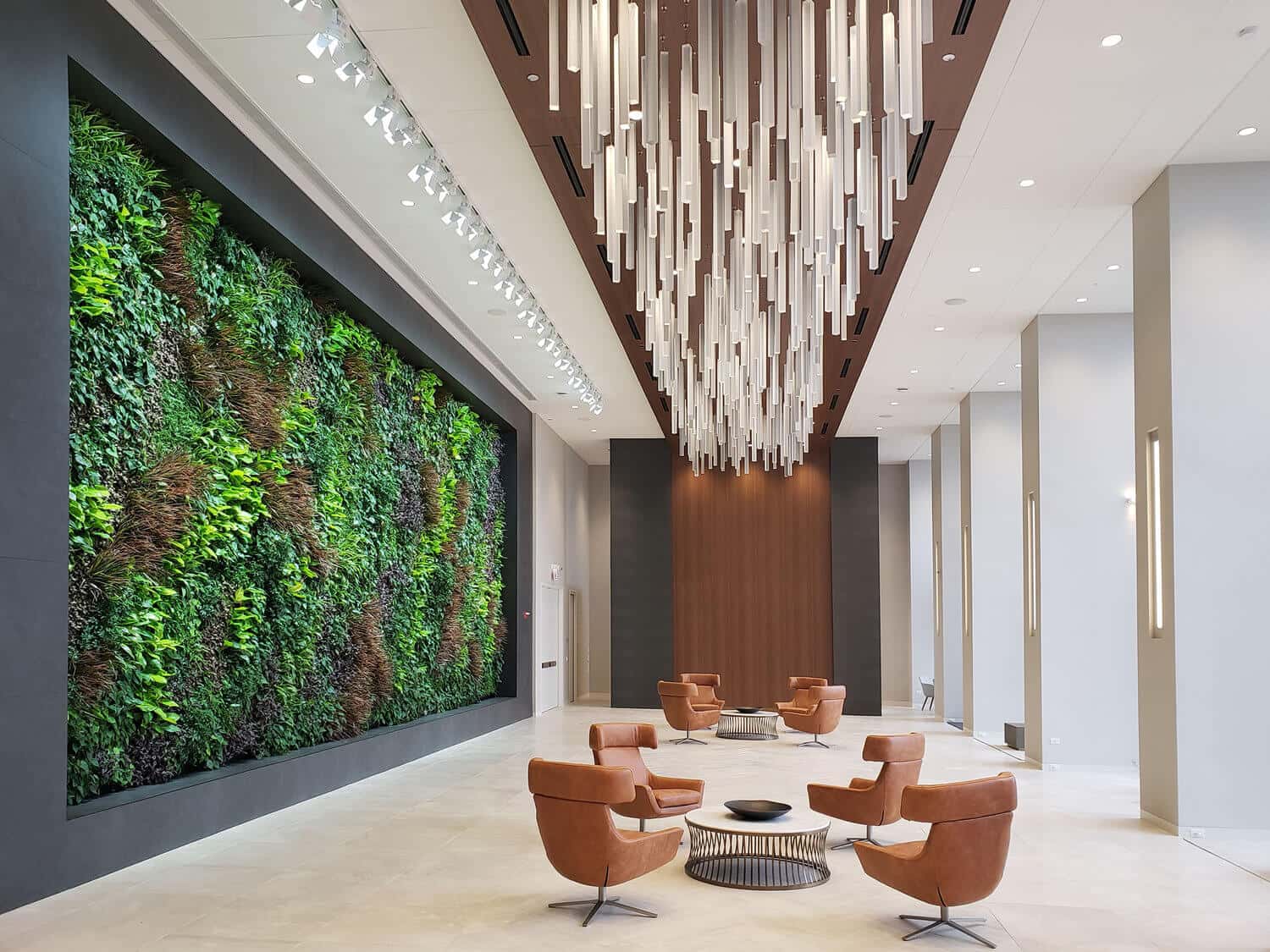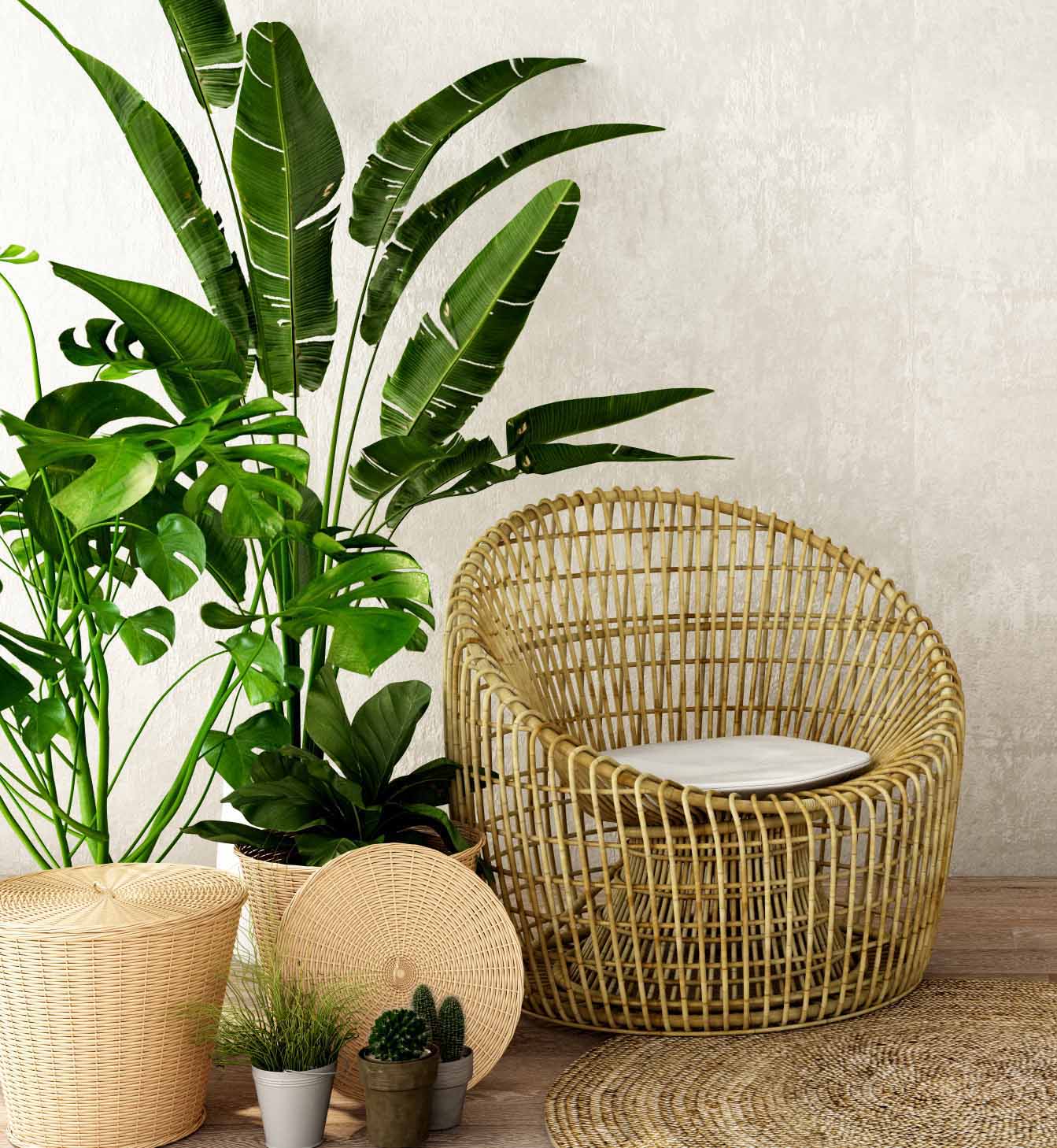Table Of Content

In the built environment, direct experiences of nature refer to plants, light, water—any aspect that provides direct contact with green elements. These are features we should bring to our clients’ work environments, whether educational, healthcare, or industrial buildings. Repeated experiences of water do not significantly diminish our level of interest over time (Biederman & Vessel, 2006), so one small water feature may be adequate. Taking advantage of the sounds created by small-scale running water, and our capacity to touch it, will amplify the desired health response with a multi-sensory experience.
Let the natural world in
This section discusses how Studies 1–7 also informed how to implement these biophilic design parameters taking all the senses into consideration. The recommendations also refer to barriers in relation to the efficacy of biophilic design applications in practice. Classification by group of the identified biophilic design parameters in a clinical environment based on the review findings. The new Federal Center South building in Seattle exemplifies an approach to biophilic design that links sustainability, organizational mission, and connection to nature indoors and outside. The most biophilic buildings incorporate multiple features that are revealed in the building façade, lobby, interior design, and surrounding landscape. The intent is to create an interior habitat of features that go together in a harmonious way drawing on the features and attributes of the climate and landscape where the building is located.
Health benefits
Rivers and watering holes provided the foundation for life itself – drinkable water. Using characteristics of the natural world like water features, sunlight, actual vegetation, etc., in the built environment helps foster the human-nature connection in biophilic design. Biophilic designs are achieved by bringing the forms and patterns of nature into buildings. These natural features can either directly use light, air, water, or plants or nature-inspired images, colors, simulations, naturalistic shapes, etc. Jim Mumford is the owner of Good Earth Plant Company, which he founded in 1977.
Nature of Cities, Berlin 4-7 June 2024
Biophilic design inspired by Penduline tit nests - The Times of India
Biophilic design inspired by Penduline tit nests.
Posted: Tue, 19 Mar 2024 07:00:00 GMT [source]
This initiative aims to achieve the goal of broad adoption of Biophilic Design among the design community, building owners and cities. We are no longer supporting IE (Internet Explorer) as we strive to provide site experiences for browsers that support new web standards and security practices. Here’s what to know about biophilic design, with some advice from Mumford on how to incorporate it into your home. OK, so now that we understand just how important nature is to the built environment, let’s get to work! Here are five tips and tricks to help you easily bring in biophilic strategies to your work environment.
What is Biophilic Design? Plus, 7 Ways to Make Your Home Greener
This is often difficult to achieve in the built environment, particularly in already dense urban settings, though the psychological benefits of nature are suggested to increase with higher levels of biodiversity and not with an increase in natural vegetative area (Fuller et al., 2007). Positive impact on mood and self-esteem has also been shown to occur most significantly in the first five minutes of experiencing nature, such as through exercise within a green space (Barton & Pretty, 2010). According to Study 3, the most important barriers to creating a biophilic healing environment are generated in the decision-making process before designing the healthcare settings.
It's a jungle out there: Biophilic design in the workplace - Lewis Silkin
It's a jungle out there: Biophilic design in the workplace.
Posted: Fri, 29 Sep 2023 07:00:00 GMT [source]
Creating Biophilic Buildings
They include nature in the space, natural analogs, and more broadly, the nature of space itself. The patterns range from visual connections, non-rhythmic sensory stimuli, temperature and airflow, to dynamic lighting and the presence of water. They can be understood in terms of direct experience (light, air, weather), indirect experience (natural materials, evoking nature) and the experience of space and place (prospect and refuge, mystery and risk). Visual preference research indicates that the preferred view is looking down a slope to a scene that includes copses of shade trees, flowering plants, calm non-threatening animals, indications of human habitation, and bodies of clean water (Orians & Heerwagen, 1992).
The process of basing decisions about the built environment on intuition or credible research – derived from either an appetency for nature or measurable biological responses, respectively – to achieve the best possible health outcomes. Mankind’s innate biological connection with nature; the urge to affiliate with other forms of life. Inspiration can come from trees, leaves, mountains, seashells, fossils, and more. We could even create textures that are naturally found in nature to make them more realistic. Creating Biophilic Buildings by Amanda Sturgeon calls for an intentional biophilic design renaissance providing a fresh, insightful place to begin exploring how to create places where people and nature can thrive together.
The detail, location, and the extent to which each of these interventions is implemented will differ for each of the offices in the portfolio. Biophilic design patterns are flexible and replicable strategies for enhancing the user experience that can be implemented under a range of circumstances. Considered as one of the pioneers of biophilic design, Stephen Kellert has created a framework where nature in the built environment is used in a way that satisfies human needs – his principles are meant to celebrate and show respect for nature, and provide an enriching urban environment that is multisensory. The dimensions and attributes that define Kellert's biophilic framework are below.

Opt for natural materials.
Mumford is also starting to see biophilic design incorporated more into retail. Stores are including elements like plants and living walls, with restaurants hanging plants from the ceiling. The characteristics of the Mystery pattern are derived from visual preference and perceived danger (Herzog & Bryce, 2007; Herzog & Kropscott, 2004; Nasar, & Fisher, 1993), and supported by research on pleasure responses to anticipatory situations (Salimpoor, Benovoy, Larcher et al., 2011; Ikemi, 2005; Blood & Zatorre, 2001). Mystery engenders a strong pleasure response within the brain that may be a similar mechanism to that of anticipation (Biederman, 2011), which is hypothesized to be an explanation for why listening to music is so pleasurable – in that we are guessing what may be around the corner (Blood & Zatorre, 2001; Salimpoor et al., 2011). The objective of the Risk/Peril pattern is to arouse attention and curiosity, and refresh memory and problem solving skills. In classic Olmsted style, many views throughout the park are obscured through the use of topography and vegetation.
It’s personal preference, but soft white, or 2700K, is a warm, natural light that’s best for most living spaces. Another way in which biophilic design reduces its carbon footprint lies in energy consumption. Since this type of design, takes advantage of natural lighting, it reduces the demand for artificial lighting. Benefits seen on an individual level and those seen on a larger scale or even a global scale. It’s clear that incorporating nature into our lives has benefits, for us and nature, so now it’s time to implement it. Our society is disconnected from nature and everything we are buildings and creating is destroying ecosystems and killing wildlife.
According to Fromm, biophilia manifests as the “wish to further growth, whether in a person, a plant, an idea, or a social group” (Fromm, 1973, p. 406) and includes “love for humanity and nature” (Fromm, 1994, p. 101). The concept of biophilia was developed at various times by Fromm (1964, 1973), to describe the mental tendency to preserve life and fight death (Fromm, 1964). The fundamental trait of biophilia is “the experience of union with another person, with all men, and with nature, under the condition of retaining one’s sense of integrity and independence” (Fromm, 1955, p. 37). Biophilia restores “an active power in man” which “makes him overcome the sense of isolation and separateness” (Fromm, 1956, p. 17). Green architecture has decreased the environmental impact of new construction homes and office buildings.
This perspective inevitably includes everything from paperback books and plastic chairs, to chlorinated swimming pools and asphalt roadways. Each of these experiences are meant to be considered individually when using biophilia in projects, as there is no one right answer for one building type. Each building's architect(s) and project owner(s) must collaborate to include the biophilic principles they believe fit within their scope and most effectively reach their occupants. For the classically elegant living room that needs just a splash of biophilic design, this charming leafy chair from @caitlinflemming answers the call perfectly.

No comments:
Post a Comment